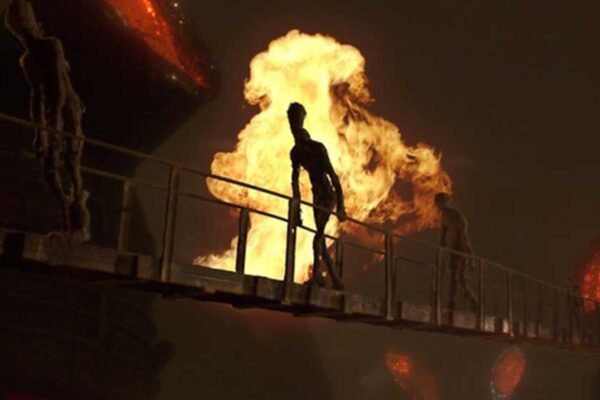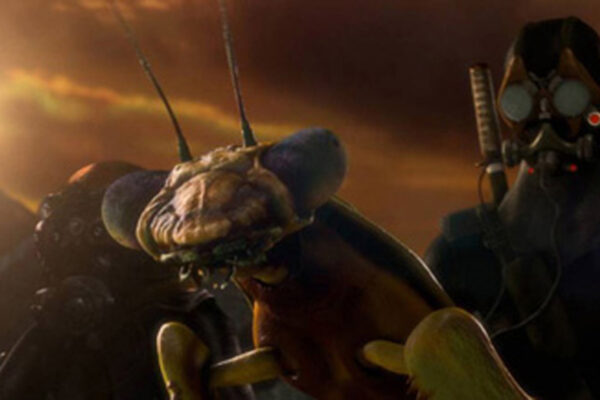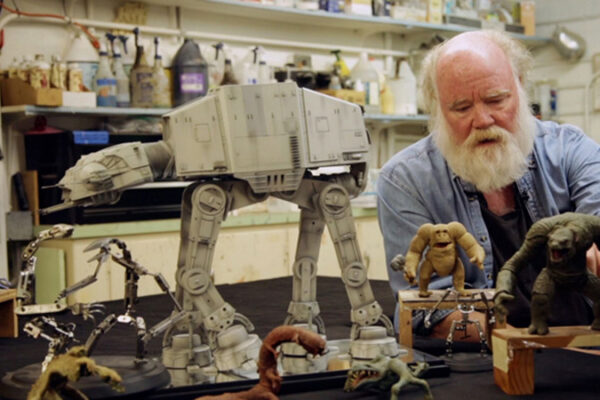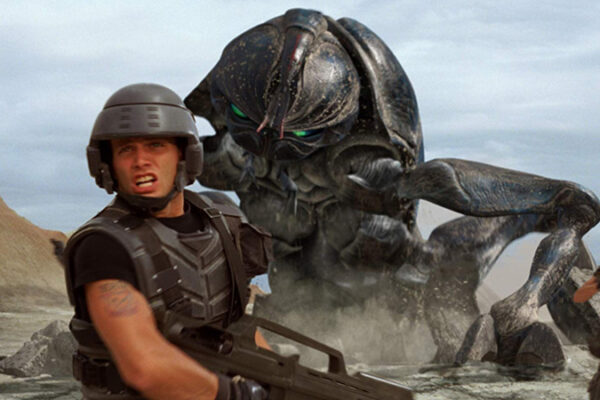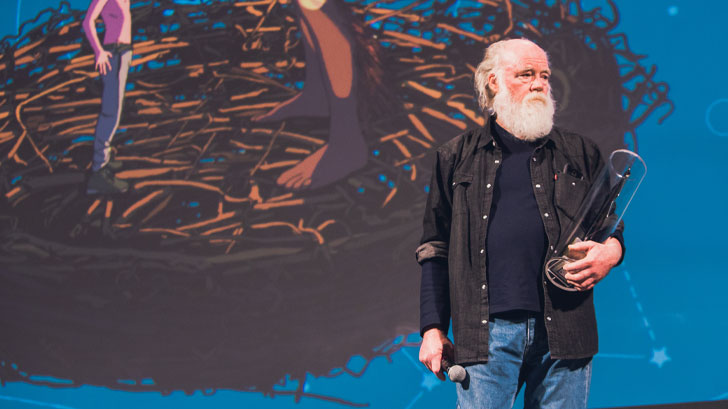
Phil Tippett
2019 Silver Urania Award
There are two names that stand out in the history of stop-motion and creature effects: Ray Harryhausen and Phil Tippett. Both found themselves catapulted into an imaginative vortex when they discovered the 1933 King Kong, which persuaded them to continue along the path taken by Willis H. O’Brien and refine his technique. Naturally Phil was strongly influenced by Ray, with whom he shared a passion for dinosaurs and isolated worlds, but he still developed his own style and themes linked to his personal obsessions. Through the lens of George Lucas, Steven Spielberg and Paul Verhoeven, Phil Tippett has generated an otherworldly but very cohesive bestiary, full of bipedal mammals, giant insects or psychotic robots, which bears, indelibly, his signature.
Phil’s drives are explicitly reflected in the way these creatures act on screen. His are bewitching images that have repeatedly and definitively changed the collective imagination: today, we know how the dinosaurs moved because that is how Phil and his team animated them in Jurassic Park. And we think people will see the world even differently after watching his Mad God.
[…] Growing up in a time when the suspension of disbelief was necessary to feel emotionally involved in a work of fantasy, Phil was forced to abandon the beaten path to adapt to the tools of the digital age and thus bring dinosaurs to life of Jurassic Park. The so-called “photorealistic” images have genetically modified the spectators themselves: after what Spielberg had done, spectators were clamoring for a sort of visual perfection. Among the few films that have managed to reach that level of expectation is certainly Starship Troopers, for which Phil supervised the creation of the hordes of giant insects. Naturally, Verhoeven’s extraordinary political allegory remains a technical jewel even twenty-two years after its release, but what made the difference is the personality that Phil infused into each of those insects, guiding the group of animators in a painstaking manner every day after day. The magic that those creatures emanate does not come from the computer, but from the same genius that gave us the Tauntauns of The Empire Strikes Back, the Rancor of Return of the Jedi, or the Vermithrax Pejor fromThe Dragon of the Lake of Fire. The best description is that of his friend Dennis Muren: “Phil can really ‘feel’ the work, not analyze it: this is the difference between a scientist and an artist.”
di Alexandre Poncet & Gilles Penso


